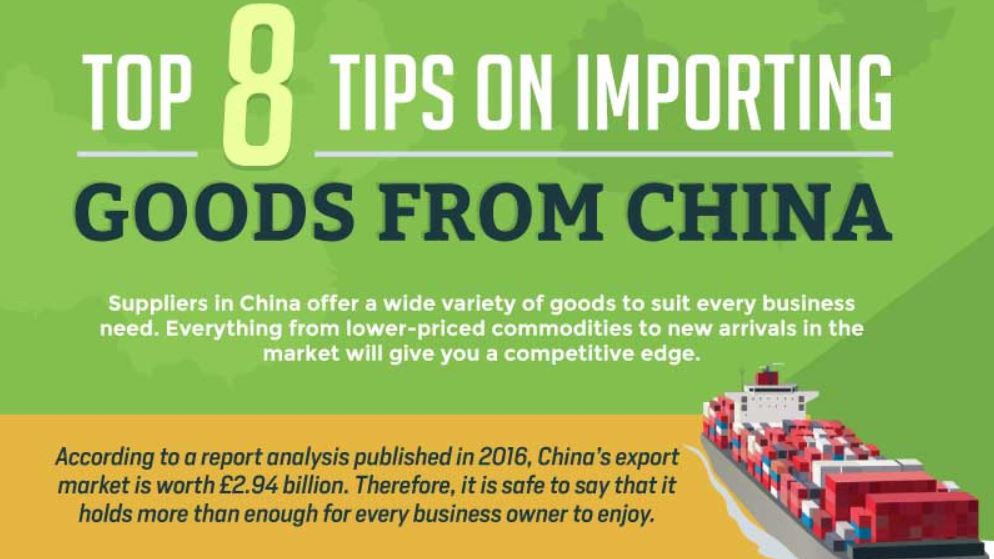
global trade

TRADE TO INVEST……

global trade
1. Market Research and Product Selection
Start by researching products in demand in India using platforms like Amazon India, Flipkart, or social media. Focus on high-margin, low-competition items such as electronics, fashion, or home goods. Analyze competitors’ pricing and reviews to identify gaps. Select lightweight, durable products to minimize shipping costs and duties. Avoid restricted items like certain chemicals or drones, as listed in India’s import policies.
2. Finding Reliable Suppliers
Source suppliers on platforms like Alibaba or Made-in-China. Verify suppliers through ratings, certifications, and customer feedback. Request samples to ensure quality. Negotiate pricing, minimum order quantities (MOQ), and shipping terms (e.g., FOB or CIF) to secure favorable deals. Clear communication with suppliers is key to building long-term partnerships.
3. Legal and Regulatory Compliance
Obtain an Import-Export Code (IEC) from the Directorate General of Foreign Trade (DGFT), mandatory for importing. Register for Goods and Services Tax (GST) to claim input tax credits. Research customs duties, Integrated GST (IGST), and other taxes using the Indian Customs Tariff or a customs broker. Ensure products comply with Indian standards, such as BIS certification for electronics or FSSAI for food. Check for prohibited or restricted items to avoid penalties.
4. Logistics and Shipping
Choose between sea freight (cost-effective, 20-30 days) for bulk orders or air freight (faster, 5-10 days) for high-value items. Understand Incoterms like FOB (seller covers costs to port) or CIF (includes insurance and freight). Hire a freight forwarder to manage shipping, documentation, and customs clearance. Essential documents include the commercial invoice, packing list, bill of lading/airway bill, certificate of origin, and insurance certificate
5. Customs Clearance
Engage a licensed customs house agent (CHA) to streamline clearance, calculate duties, and ensure compliance. Duties depend on the product’s Harmonized System (HS) code. Pay duties via the ICEGATE portal and submit documents for inspection. Once approved, goods are released for distribution.
6. Selling in globe
Sell through e-commerce platforms like Amazon India or Flipkart for quick market access, or create an online store using Shopify for brand control. Alternatively, distribute via wholesalers or local markets. Price competitively, factoring in import costs, duties, taxes, and margins. Promote products using social media ads, influencer marketing, or SEO. Offer clear return policies and responsive customer service to build trust.
7. Financial Management
Pay suppliers securely via bank transfers, PayPal, or Alibaba Trade Assurance. Monitor USD/CNY to INR exchange rates to optimize costs. Track all expenses—procurement, shipping, duties, and marketing—to ensure profitability.
8. Risk Management
Conduct quality checks before shipping, using third-party inspectors like SGS. Purchase cargo insurance to cover transit risks. Sign clear contracts with suppliers to prevent disputes. Stay updated on India’s import policies and trade agreements like RCEP for tariff benefits.
Tips for Success
Start with small orders to test the market. Build strong supplier relationships for better terms. Consult trade experts or use resources like DGFT (dgft.gov.in) and ICEGATE (icegate.gov.in) for guidance. With careful planning, importing from China and selling in India can be highly profitable.

Global trade plays a crucial role in connecting economies and fostering international cooperation. It allows countries to specialize in producing goods where they have a comparative advantage, leading to increased efficiency and economic growth. However, it also raises concerns about dependency on foreign markets and the impact on local industries. The text highlights the importance of understanding the complexities of global trade to navigate its challenges effectively. It’s fascinating how trade has evolved over centuries, shaping the world as we know it today. What are your thoughts on the balance between global trade and protecting domestic industries? Do you think the benefits outweigh the potential downsides?
Global trade is indeed a double-edged sword, offering immense opportunities while posing significant challenges. It’s impressive how it fosters economic growth and international collaboration, but the risks to local industries can’t be ignored. The evolution of trade over centuries is a testament to its transformative power, yet the balance between global integration and domestic protection remains a contentious issue. Do you think there’s a way to mitigate the negative impacts on local economies without stifling global trade? I’m curious to hear your perspective on how countries can better navigate this complex landscape. What strategies do you believe could ensure a fair and sustainable trade system for all?
Global trade is indeed a double-edged sword, offering immense benefits while posing significant challenges. It’s impressive how it fosters economic growth and international collaboration, but the risks to local industries can’t be ignored. The evolution of trade over centuries is a testament to its transformative power, yet it’s crucial to address the imbalances it creates. How do you think countries can strike a balance between embracing global trade and safeguarding their domestic markets? I’m curious if there’s a model or strategy that has successfully managed this tension. What’s your take on the role of policies in mitigating the downsides of global trade? Would love to hear your perspective on this!
Lorem ipsum dolor sit amet, consectetur adipiscing elit. Natus error sit voluptatem accusantium doloremque laudantium, magni dolores eos qui ratione voluptatem sequi nesciunt. Neque porro quisquam est, qui dolorem ipsum quia dolor sit amet. Nemo enim ipsam voluptatem quia voluptas sit aspernatur aut odit aut fugit. Sed quia consequuntur magni dolores eos qui ratione voluptatem sequi nesciunt. Quis autem vel eum iure reprehenderit qui in ea voluptate velit esse quam nihil molestiae consequatur. Quis autem vel eum iure reprehenderit qui in ea voluptate velit esse quam nihil molestiae consequatur?